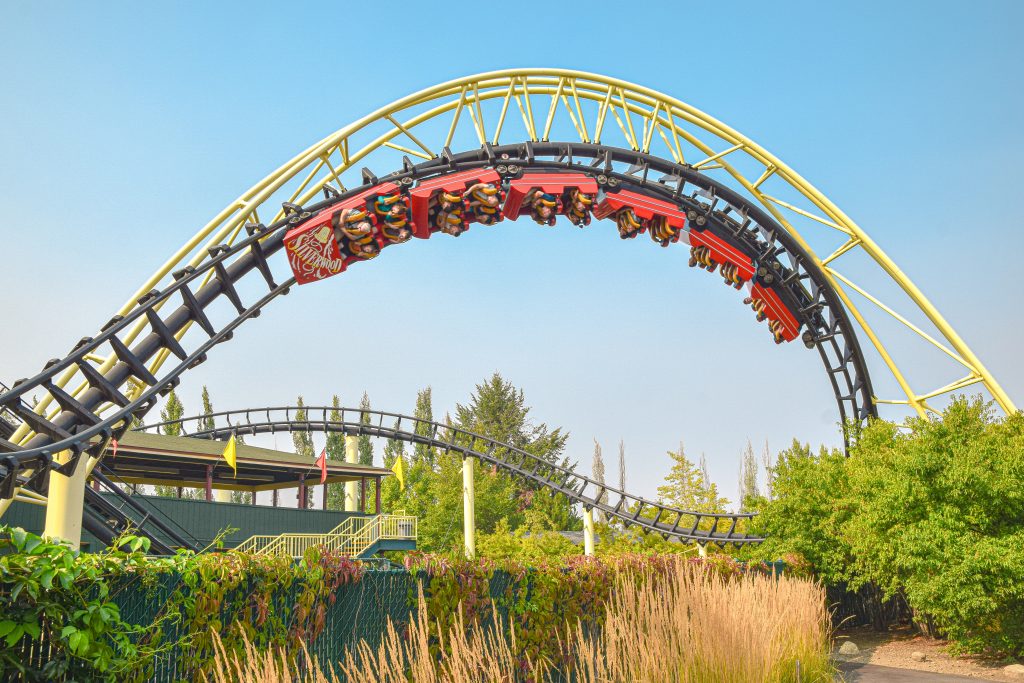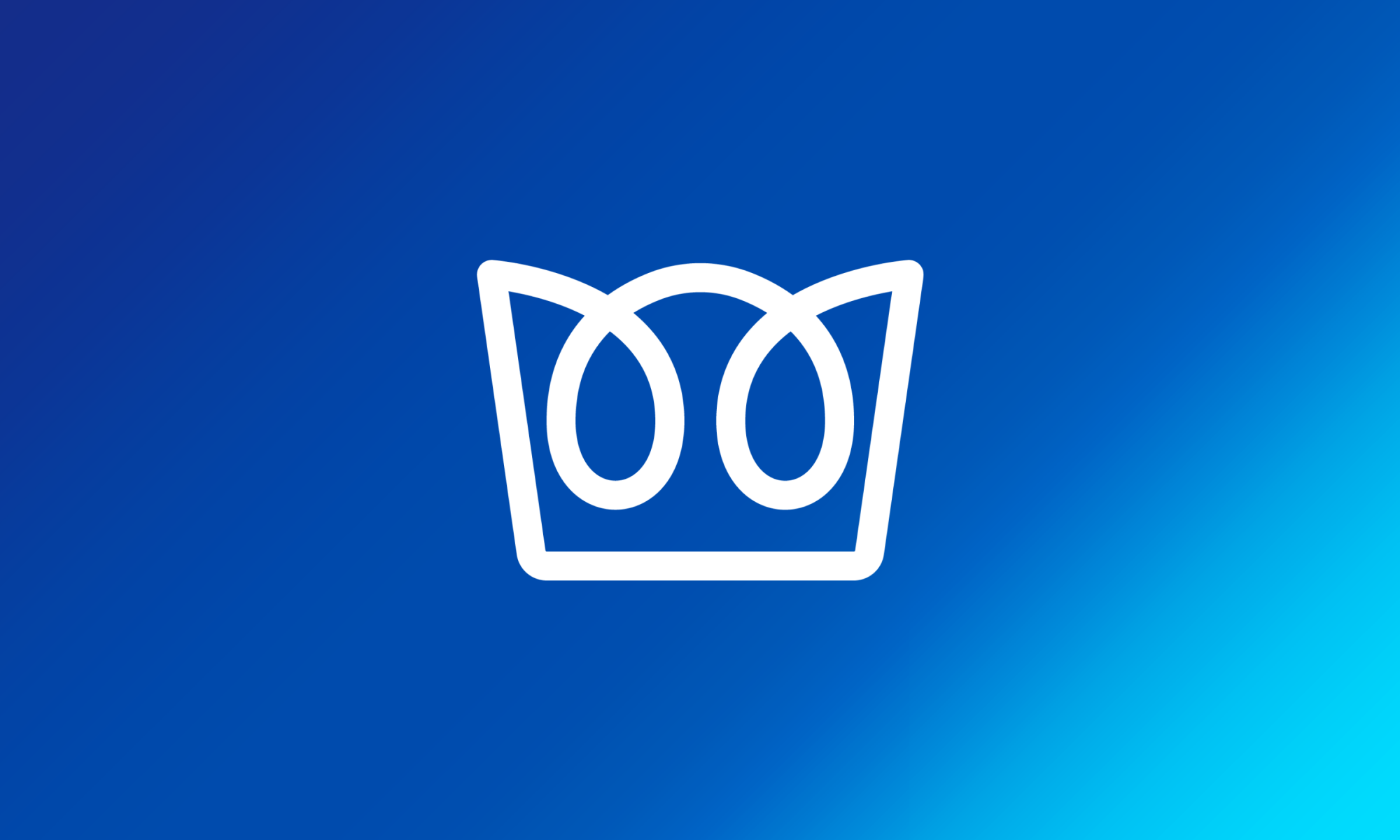The Golden State has long had the reputation as one of the recreation capitals of the world. Beautiful weather combined with a diverse landscape created an environment where leisure became a serious business. It is no surprise that California is home to some of the world’s most famous roller coasters. Unfortunately many great rides are no longer part of the California coaster landscape. In these series we will be exploring some of California’s great coasters that are no more!
– In the past, many of our images have been posted, featured, and shared on forums, social media platforms and websites around the web. We work hard to provide the coverage that we do, and we encourage our audience to share our content and use our images, BUT ONLY IF proper credit is given to thecoasterkings.com Thank you! –
This article aligns with a special podcast mini-episode! Click the logo below to listen to the podcast!
Lets begin with one of the most important coasters ever built, Corkscrew. Manufactured by Arrow Development in Mountain View and opening at Knott’s Berry Farm in Buena Park, Corkscrew is Californian through and through. Arrow’s opening day contributions to Disneyland led to the company’s continued association with Disney. This collaboration reached new heights with 1959’s Matterhorn Bobsleds. Arrow introduced the world to tubular steel coaster track. In 1966 Six Flags over Texas contracted Arrow to build the first Runaway Mine Train. Arrow utilized their tubular steel track design to create a winding layout utilizing the park’s natural terrain. Arrow’s mine train proved very popular for Six Flags. This lead to installations at parks throughout the country. As they continued to develop the mine train Arrow also experimented with their track design eventually adding a central spine to reinforce the track in specific parts of the ride. Hersheypark’s Trailblazer and Great Adventure’s Runaway Mine Train, both opening in 1974, utilize this central spine track design throughout the entire coaster layout. This track design allowed for fewer supports and larger ride elements. As Arrow became more comfortable with manipulating their steel track work began on re-introducing the world to inversions.

The Corkscrew took years to develop and firmly connected to Arrow’s burgeoning design language. The layout of the ride remains one of the simplest ever conceived. The ride begins with a small dip (Arrow would continue to resist using drive motors to move trains out of the station for the majority of the company’s life) into a right hand turnaround and climb up a 70 foot chain lift hill. The six cars trains then navigate a banked right hand turn into a 62 foot drop reaching a top speed of 46 mph. Mountain View based Arrow didn’t look far when designing the ride’s drop; it shares similar profiling to the first drop of Santa Cruz’s Giant Dipper. After the initial drop a small incline leads into a sweeping right hand turn that drops into two back to back corkscrews and a final right turn into the brakes. Arrow constructed a full size prototype of this layout at their plant in Mountain View. This prototype so impressed the Knott’s family that they bought and moved it to Knott’s Berry Farm for the 1975 season.

Corkscrew captured the public’s imagination and became a Southern California icon. Despite its short length the rides combination of airtime and double inversions provided a lot of thrills in a small footprint. Arrow would replicate this layout 10 more times. The Chicago Loop at Old Chicago (which became the first indoor looping coaster) and Wabash Cannonball at Opryland both opened in 1975. Corkscrew’s time in California came to an end in 1989. A Vekoma Boomerang named Boomerang took its spot. Enthusiast and the general public decried its removal but Corkscrew had simply fallen victim to Knott’s tight footprint and the competitive California theme park market.

Although it lives on at Idaho’s Silverwood Theme Park Corkscrew’s departure robbed California of an important piece of both American and Californian history. Arrow would soon move its production facility to Utah and with the acquisition of Morgan by Chance Rides in 2001 California is no longer home to any major roller coaster manufacturer. Although no longer in California we are lucky that Silverwood remains committed to taking care of this historic ride. Many of the rides we will look at in the rest of this series did not have such a happy fate.



